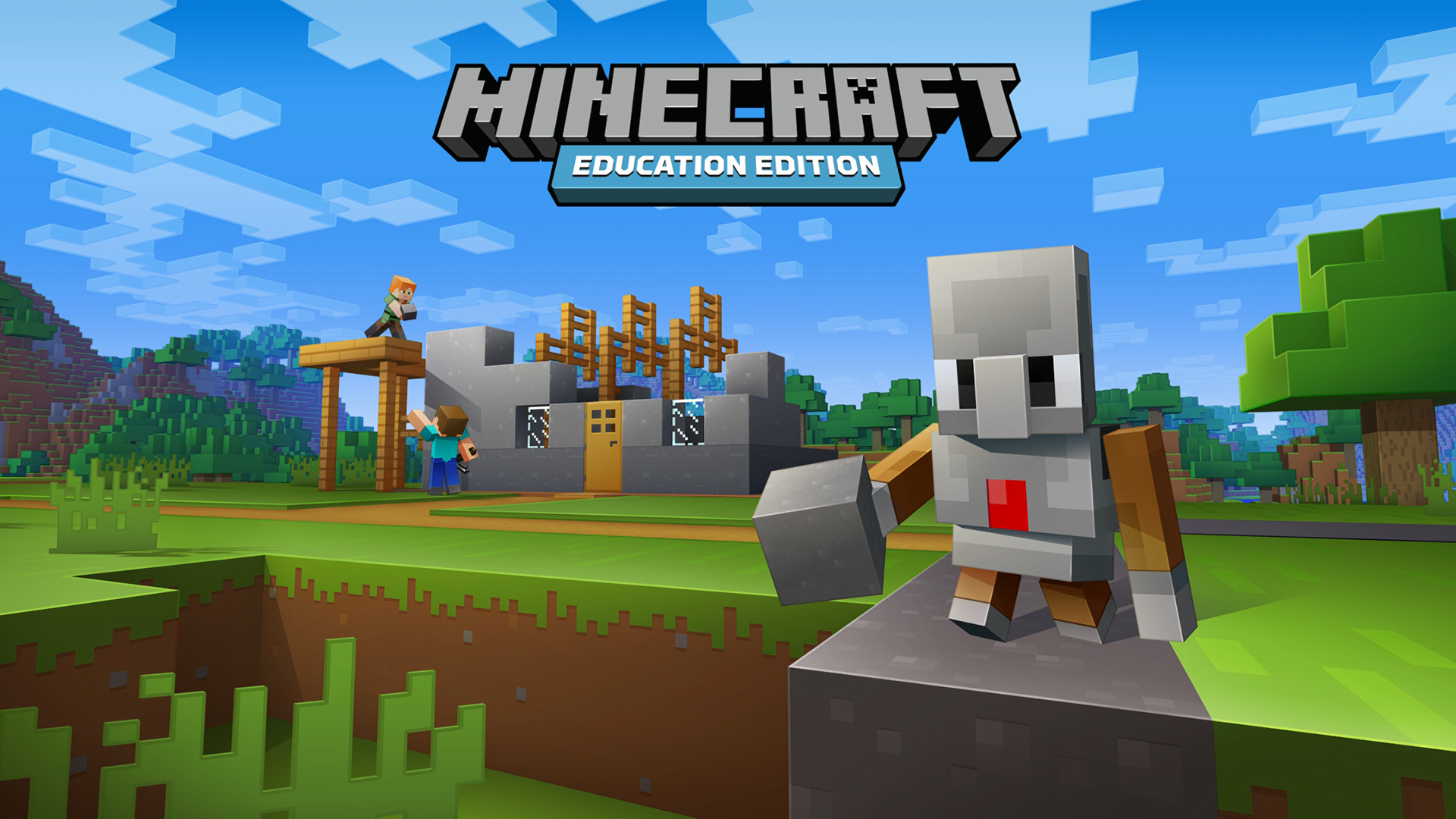This standard requires teachers to take their knowledge of content and apply it to the classroom strategically in a way that students can hone their 21st-century skills: collaboration, communication, creativity, and critical thinking. This standard is important because it is the standard that bridges the teacher’s understanding of the content to the students’ understanding of content. The best educators do not just know that content but know how best to apply it in a way that others can understand as well. Three strategies for applying content well in the classroom are utilizing current events within lessons, collaborating with relevant outside experts, and utilization of student’s previous knowledge.
Utilizing Current Events
One way to include current events in the classroom is through resources like Channel One news and Junior Scholastics. In my student teaching experience students will read, answer questions, and discuss scholastics once a month. The most current scholastic that our students reviewed had the main article about the Ukranian crisis happening. Other articles in this scholastic hit topics that students were interested, such as articles about pop culture and technology. Resources such as the junior scholastics allows teachers to apply content to events and categories that are relevant and interesting to students. From my experience, being able to connect content to discussions about real-world events gets students more motivated and excited to have discussions with teachers.
Below is the link to the Junior Scholastic site where teachers can access more resources like vidoes and visuals to go along with the booklets:
http://https://junior.scholastic.com/pages/promotion/navigationlps/120121.html
Using Outside Experts
 The classroom teacher doensn’t have to be the only one teaching students lessons. Teachers can and should look into bringing experts from different fields to come in and teach students about content. For example, bring in an expert from a museum in the area to talk about the local wildlife when teaching a habitat unit. Students can see first hand how the content they are learning about is relevant to the real-world. This will also provide an exciting opportunity for students to ask questions about content to someone who is an expert in a particular field that the student is interested in. While I didn’t get the chance to experience this happen at either of my host schools it is something that I would love to try and do when I begin teaching. I used to work at Appomattox Court House Historical Park and think it would be great to have a ranger come speak to my future classes about the history of what happened there during the Virginia Studies units.
The classroom teacher doensn’t have to be the only one teaching students lessons. Teachers can and should look into bringing experts from different fields to come in and teach students about content. For example, bring in an expert from a museum in the area to talk about the local wildlife when teaching a habitat unit. Students can see first hand how the content they are learning about is relevant to the real-world. This will also provide an exciting opportunity for students to ask questions about content to someone who is an expert in a particular field that the student is interested in. While I didn’t get the chance to experience this happen at either of my host schools it is something that I would love to try and do when I begin teaching. I used to work at Appomattox Court House Historical Park and think it would be great to have a ranger come speak to my future classes about the history of what happened there during the Virginia Studies units.
Prior Knowledge
Using prior knowledge of students is a key to forming the most effective lesson possible. Collecting prior knowledge of students will allow the teacher to make lessons that fall within the students’ interests, making them more willing to make connections between topics and the real-world. During student teaching, I needed to find a way to create a lesson plan about perimeter, area, and volume for fifth grade that appealed to my students’ interests. I was able to take a few weeks before planning my unit to get to know the students before creating my unit, and found that all of the students had some level of interest in video games. Furthermore, almost all of the students had a prior knowledge of how to use Minecraft on their school laptops. Using this, I was able to use a project that revolved around perimeter, area, volume, and Minecraft to make a lesson that both taught and interested students.

